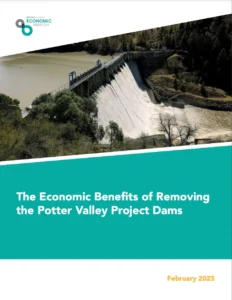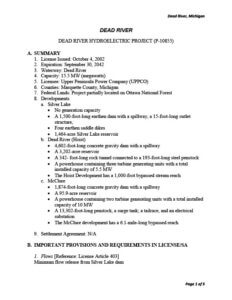Bonneville Power Administration must get on board with salmon recovery & dam removal

An aerial image over Lower Granite Dam on the Snake River near Lewiston, ID. PC: EcoFlight
The Biden Administration and Northwest politicians have shown a desire to lead the region beyond the status quo – which has for decades been a hydrosystem that is deadly to salmon and steelhead, Treaties and agreements between the U.S. government and Tribal nations that have not been upheld, and businesses and communities that rely on fish, left to suffer.
To turn that desire into meaningful action, Bonneville Power Administration (BPA) – the agency within the U.S. Department of Energy that markets the power from the lower Snake River dams’ – must align with the Administration’s goals.
BPA continues to assert that LSRD removal will not be possible for decades, refusing to recognize the urgency surrounding dam removal as a means to recover salmon and alleviate the economic, ecological, and cultural toll the absence of abundant runs has meant for people across the Northwest. The agency is failing to make the necessary investments in renewable energy projects, transmission lines, and grid enhancements that make sense for the region, with or without the four LSRDs.
Investments in short line rail and grain terminal infrastructure, coupled with the coordinated development of renewable energy projects in the region, will make the four dams on the Lower Snake obsolete. Dam removal is the only recovery tool at our disposal that will ensure Idaho’s ESA-listed salmonid populations persist, and eventually recover to healthy, harvestable, and abundant populations. Every year of inaction from our federal and Congressional leaders related to LSRD removal and services replacement, exposes our dwindling salmon populations to further jeopardy in the face of a changing climate.
In August, the Biden Administration committed to “development of a durable long-term strategy to restore salmon and other native fish populations to healthy and abundant levels,” via an extended stay in long-running litigation related to the management of the eight-dam hydrosystem on the Columbia-Snake Rivers. In the same month, Senator Patty Murray and Governor Jay Inslee, both of Washington, released a report demonstrating that replacing the services related to the LSRDs is feasible and necessary for salmon recovery.
The latest update from the federal government occurred on September 30th, with the National Oceanic and Atmospheric Administration’s (NOAA) definitive report on the status of wild salmon in the Columbia Basin and the necessary recovery actions for each population. For the Snake River, NOAA outlined what decades of research has consistently pointed towards – removal of the LSRDs would result in the highest increase in Snake River salmonid survival out of available management options.
Advocates for solutions that work for salmon and orcas, Tribes, utilities, farmers, and anglers are telling the U.S. Department of Energy Secretary Jennifer Granholm, in the strongest terms, to ensure BPA aligns with the rest of the Biden Administration, Northwest Members of Congress, Governor Inslee, and community stakeholders on Snake River restoration.
BPA must get on board with the Administration’s goals so the work of developing LSRD replacement services tied to renewable energy projects and grid modernization can occur in a timely manner that allows for the removal of four dams and the restoration of a river – in order to return abundant runs of salmon and steelhead to Idaho.
This post originally appeared on News – Idaho Rivers United.


